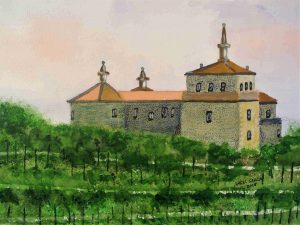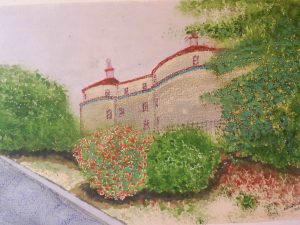Casa en el bosque con rio.
Read MoreFuente de los tres caños en Villaviciosa de Odon.
Read MoreCastillo de Villaviciosa de Odon
Read MoreCastillo de Villaviciosa de Odon nº 1
Read MoreEn el bosque de Villaviciosa de Odon nº 2
Read MoreEn el Bosque de Villaviciosa de Odón. nº 1
Read More

CABALLETE DE MESA
Después de un tiempo dedicado a investigación y desarrollo de este elemento, hoy día 7-5-2016 doy a conocer en este medio, un nuevo diseño de caballete de mesa para dibujar o pintar, las medidas de las dos tablas que lo componen pueden variar de tamaño, según la necesidad que se tenga. Las demás piezas que lo componen van construidas en impresora 3D. y próximamente informare con más detalles de este caballete de mesa y también del caballete de campaña que se encuentra en curso.

CABALLETE DE MESA
Después de un tiempo dedicado a investigación y desarrollo de este elemento, hoy día 7-5-2016 doy a conocer en este medio, un nuevo diseño de caballete de mesa para dibujar o pintar, las medidas de las dos tablas que lo componen pueden variar de tamaño, según la necesidad que se tenga. Las demás piezas que lo componen van construidas en impresora 3D. y próximamente informare con más detalles de este caballete de mesa y también del caballete de campaña que se encuentra en curso.





